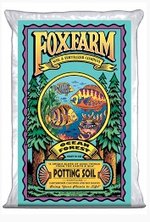I don't know what you're asking my friend. I use it mixed with perlite or pumice or straight up for cuttings.
Wet it, let it expand and that's it.
In warmer regions like Spain and France it's usually the cheapest medium for cuttings. If you don't press it down, it stays very airy and it'll break down in two or three years.
When I get pines from nurseries, they're usually planted in fine coco coir. I think because it works great in eb & flow systems.
My learning curve with coco coir was non existent in the literal sense. I wasn't able to use it because when it dried it became hydrophobic, and when used in larger pots it just never seemed to dry.
But then I learned how to water bonsai soils and nowadays I suddenly can work with coir.
However, there is a maximum. I think it's around 4.5 gallons. Anything larger than that will be waaay more difficult to control compared to regular potting soil.

